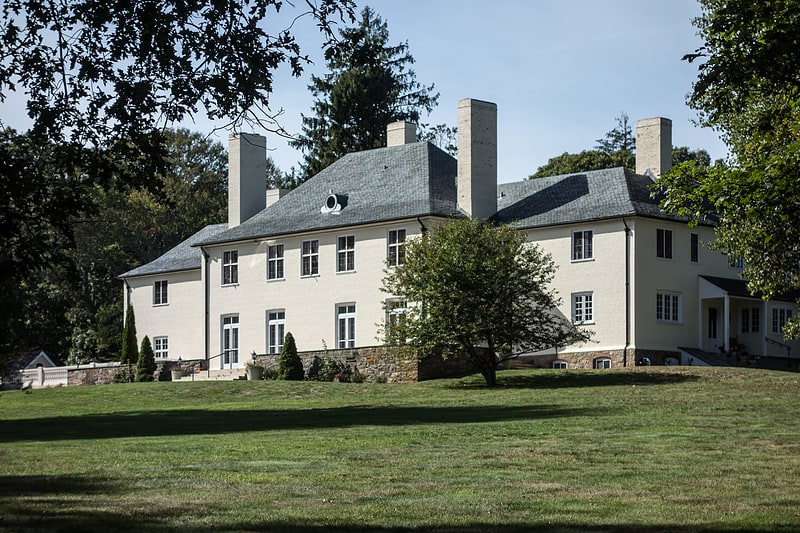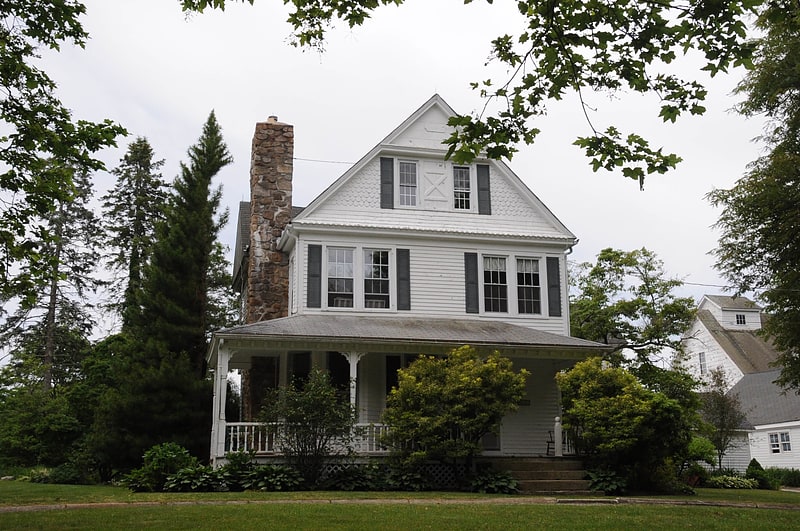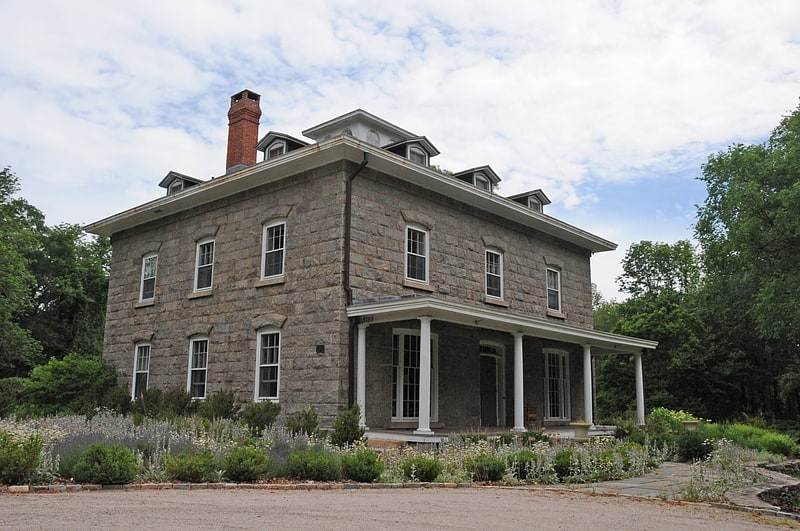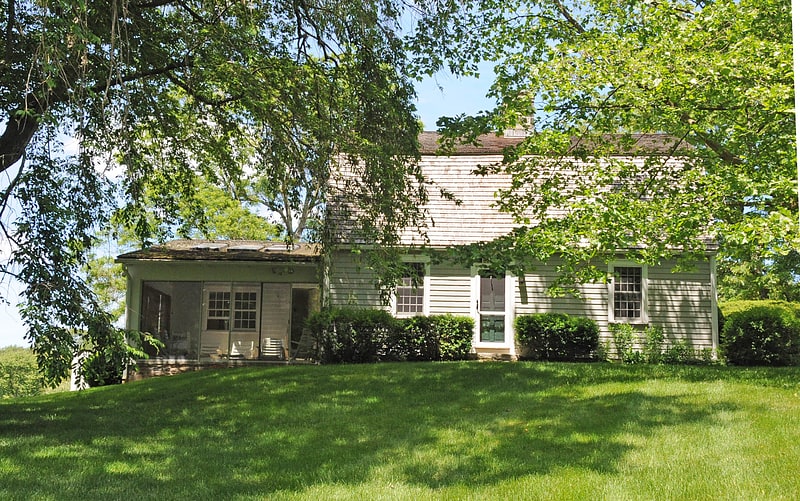Discover 6 hidden attractions, cool sights, and unusual things to do in Wakefield (United States). Don't miss out on these must-see attractions: Theatre-By-the-Sea, The Glass Station, and William Davis Miller House. Also, be sure to include R. R. Gardner House in your itinerary.
Below, you can find the list of the most amazing places you should visit in Wakefield (Rhode Island).
Table of Contents
Theatre-By-the-Sea

Theater in South Kingstown, Rhode Island. Theatre-By-the-Sea is a historic theater and playhouse at Card Ponds Road in South Kingstown, Rhode Island. It was added to the National Register of Historic Places in 1980.[1]
Address: 364 Cards Pond Rd, 02879-6998 Wakefield
The Glass Station

Art gallery, Shopping, Museum
Address: 446 Main St, 02879-7408 Wakefield
William Davis Miller House

Historical landmark in South Kingstown, Rhode Island. The William Davis Miller House also known as the Wakefield Mansion is a historic estate in the Wakefield village of South Kingstown, Rhode Island. The estate consists of 10.7 acres of land, on which stand a substantial house, garage and water tank, all built in the mid-1930s. The property was designed by Providence architect Albert Harkness and built for William Davis Miller and Mary Miller. Miller was a social and civic force in Providence, serving as a trustee of Brown University, the Providence Public Libraries, and as president of the Rhode Island Historical Society, and was a longtime friend of Harkness. The Colonial Revival estate Harkness designed for the Millers typifies the type of country estates that were built in Rhode Island in the period.
The estate was listed on the National Register of Historic Places in 1985.
The property was placed for sale in 2012, at which time the address was listed as 571 Main Street.
In 2014, a proposal was brought to the South Kingstown Planning Board to convert the Miller property, along with other adjacent properties, to a 48-unit multi-household development. The redevelopment proposal was denied in October 2014.
The property is currently owned by Roland J. Fiore, owner of South County Sand and Gravel.[2]
R. R. Gardner House

The R.R. Gardner House is a historic house located in South Kingstown, Rhode Island.[3]
Gen. Isaac Peace Rodman House

The Gen. Isaac Peace Rodman House is an historic house in South Kingstown, Rhode Island. It is a 2+1⁄2-story granite structure built in 1855 by Isaac P. Rodman, a prominent politician and businessman who served as a general in the Union Army during the American Civil War. In addition to its association with Rodman, the house is notable as an excellent early Italianate design based on the published works of Andrew Jackson Downing, and its attractively landscaped grounds.
The house was listed on the National Register of Historic Places in 1990.[4]
Commodore Oliver Perry Farm

Farm in South Kingstown, Rhode Island. The Commodore Oliver Perry Farm is an historic farm on United States Route 1 in South Kingstown, Rhode Island. The farm consists of 250 acres of rolling fields and woodlands on the west side of the road. The main farm complex includes a wood-frame house, barn, a caretaker's residence, and a number of other outbuildings, accessed via a winding private lane. The main house, a two-story gambrel-roofed structure, is of uncertain construction date, and is generally dated to either 1785 or 1815. It has been extensively altered, and been the subject of well-meaning but historically problematic restorations in the first half of the 20th century.
The property's significance lies in its association with members of the Perry family, specifically Oliver Hazard Perry, the United States Navy commodore responsible for the American victory in the 1813 Battle of Lake Erie, and Admiral Matthew C. Perry, who was responsible for the Opening of Japan in 1854. It is plausible that Oliver Hazard Perry was born on this property, which belonged to his grandfather, and that he built the now-standing house on the site of his grandfather's mansion after acquiring the property at auction in 1814. The property was acquired in 1865 by George Tiffany, the son-in-law of Matthew Perry, and was used as a rental property until the 1920s. In the late 1920s it underwent a "restoration" guided by Tiffany's widow, which brought the house interior into a romanticized Colonial Revival state, and was open for a time as a museum to the two leading figures of the Perry family. After again falling into decline, it underwent a second rehabilitation in 1944-45 by private owners.
A 21-acre (8.5 ha) area of the farm was listed on the National Register of Historic Places in 1982.[5]